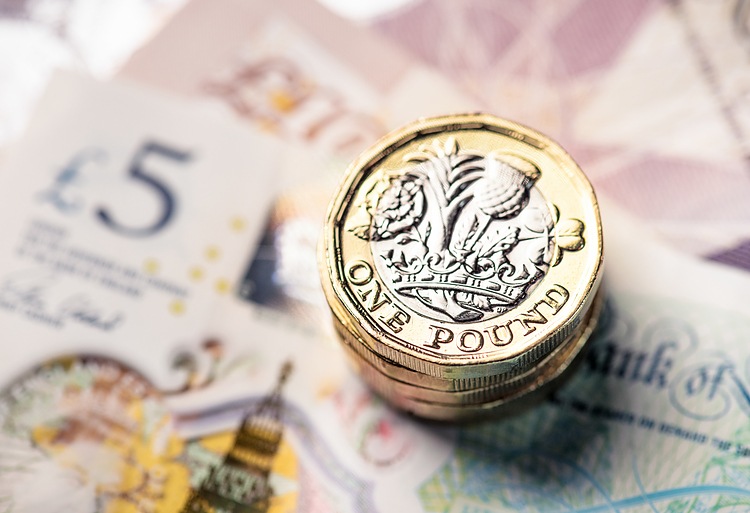- GBP/USD is stabilising around the 1.3950 mark as the week draws to a close.
- On the week, having been up over 1.6% at highs, GBP/USD looks set to finish the week down 0.3%.
GBP/USD is stabilising around the 1.3950 mark as the week draws to a close, sharply below multi-year highs set back on Wednesday of close to 1.4250, though comfortably above Friday session lows of just under 1.3900 set early on during European trade. On the day the pair trades lower by about 0.4% or 55 pips.
Sterling has succumbed to a broad recovery in the US dollar, which enjoyed inflows as a result of safe-haven demand amid a broadly risk-off market tone (global equities, commodities and risk-sensitive currencies have all suffered). Market commentators think the defensive risk bias is as a result of concerns regarding recent moves in bond markets; developed market bond yields have spiked higher this week, though yields across most countries are sharply lower on the day on Friday. Month-end flows are also being cited as working in the US dollar’s favour.
On the week, having been up over 1.6% at its high point, GBP/USD looks set to finish the week with losses of around 0.3%. That means that it is the second best performing G10/USD pair on the week after EUR/USD, which looks set to finish the week 0.2% lower.
Driving the day
The above-mentioned factors were the main forces dictating price action on Friday and UK fundamentals largely played second fiddle. There was some interesting commentary from Bank of England officials; Chief Economist Andy Haldane made some quite hawkish comments, saying that there is a tangible risk that inflation proves more difficult to tame than expected and requires monetary policymakers to act more assertively than what is currently priced into financial markets. Haldane is a known hawk though, which perhaps explains GBP’s lack of interest.
By contrast, Bank of England Deputy Governor Dave Ramsden was much more dovish on inflation; he noted that UK inflation is still below 1%, a reflection of the fact that the economy is still being hit hard by the pandemic and said that though he expects inflation reach the BoE’s 2.0% target by 2022, he sees risks as tilted to the downside. As with Haldane’s comments, GBP did not show much of a reaction.
Elsewhere, in terms of the pandemic latest; 19.178M people have now been given at least one Covid-19 vaccine in the UK, meaning more than 35% of the UK adult population has now been vaccinated. New daily infections continue to decline (and came in at under 9K on Friday) and the latest weekly government estimate of the nationwide R rate was unchanged at 0.6-0.9, implying the prevalence of the virus is shrinking by 2% to 6% per day.
Looking ahead, “GBP is to benefit from the idiosyncratic vaccine dividend and the less dovish BoE, while the cautious Fed presiding over the deeply negative front-end US real rates should also contribute to higher GBP/USD”, says ING.
